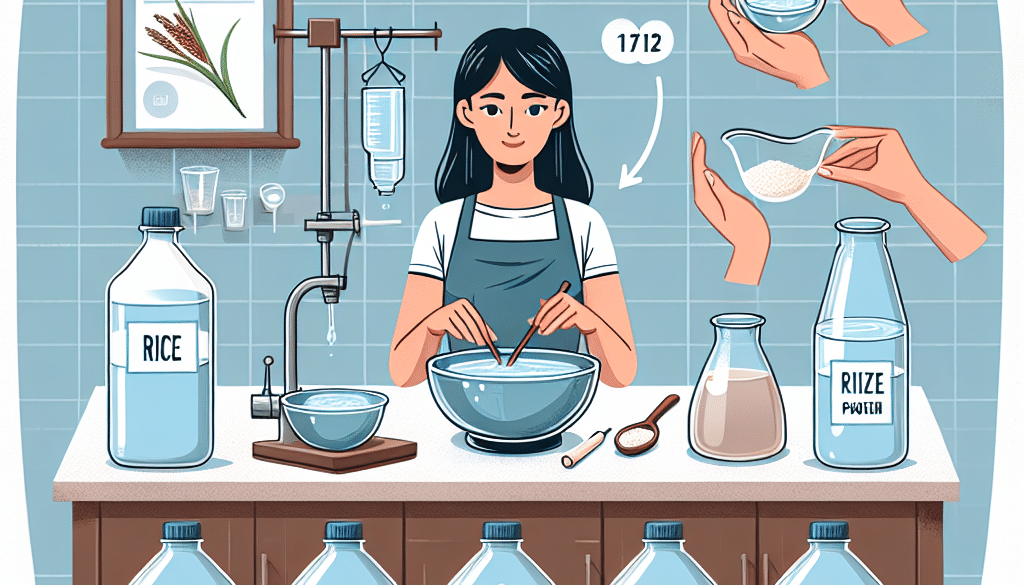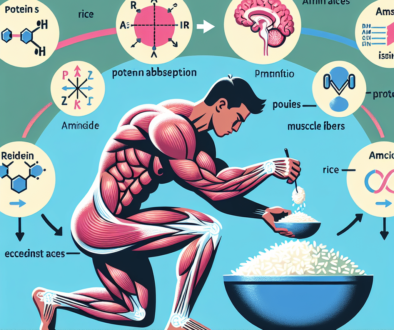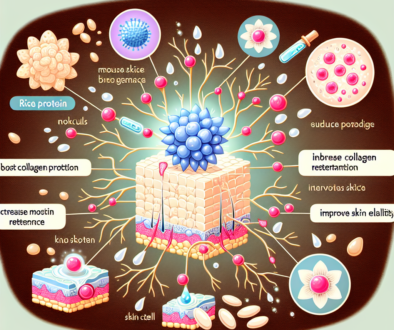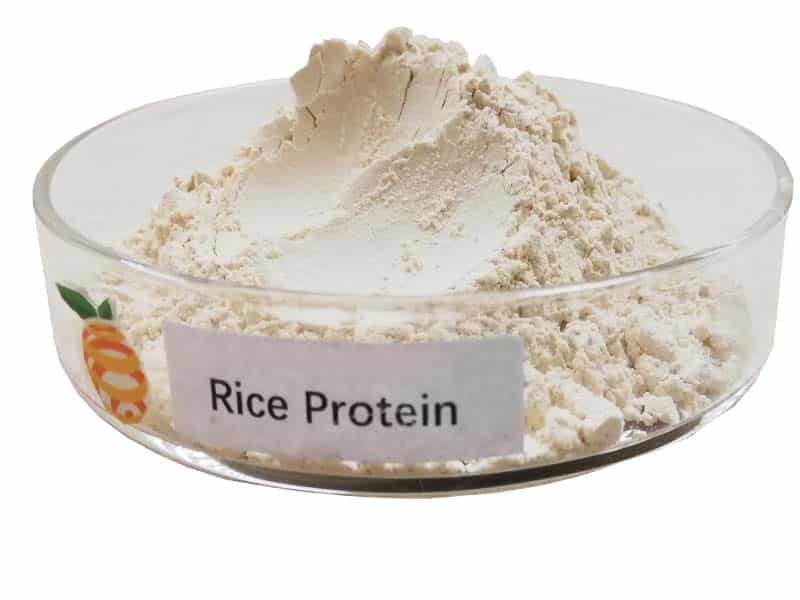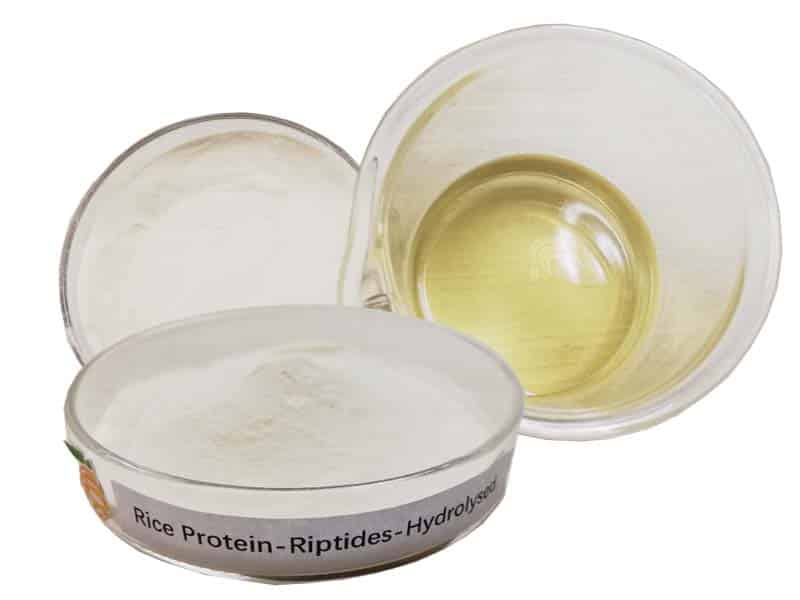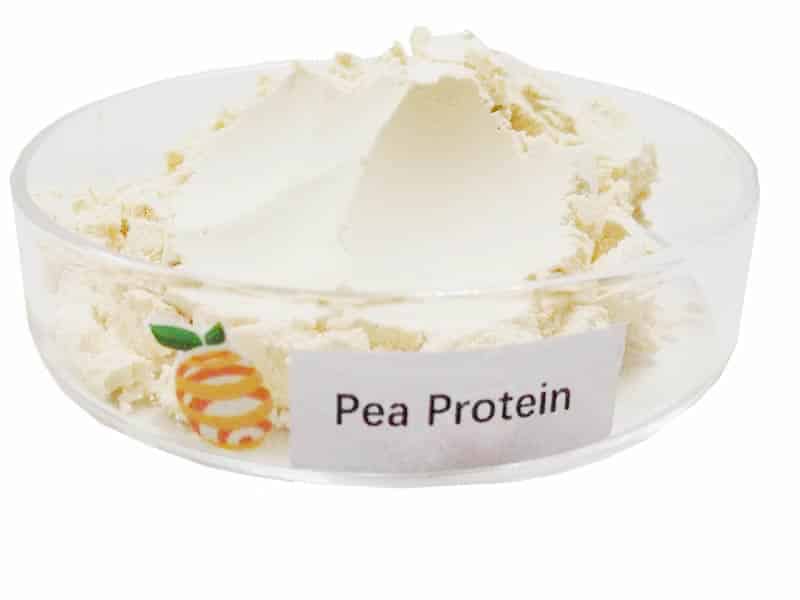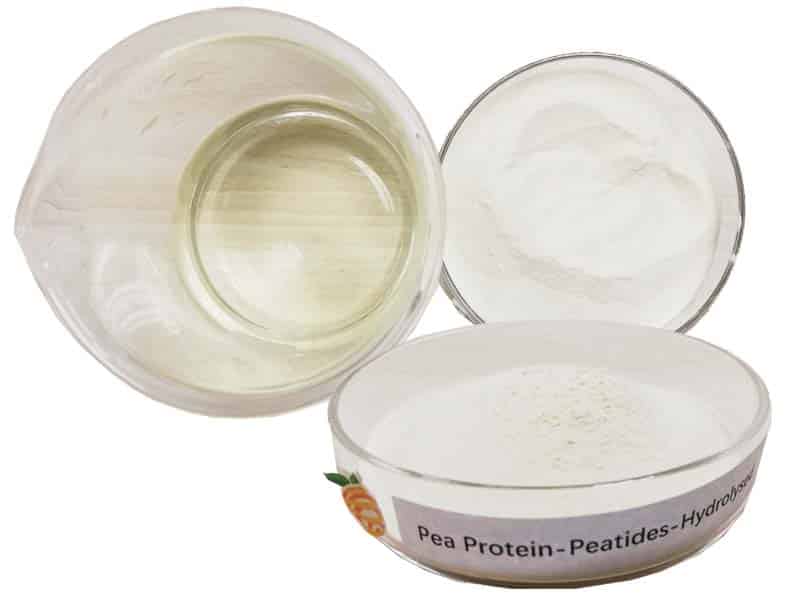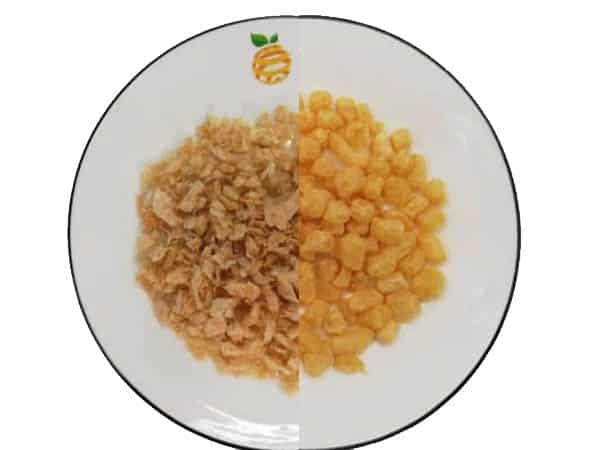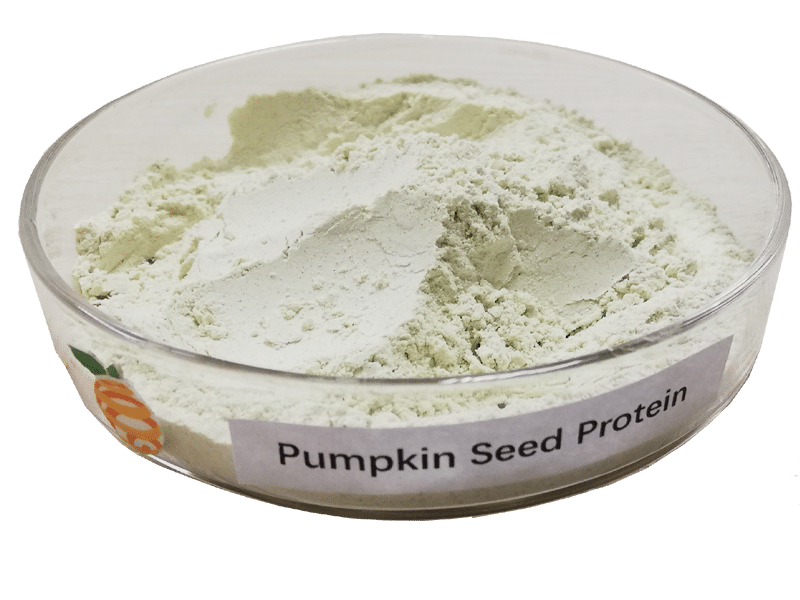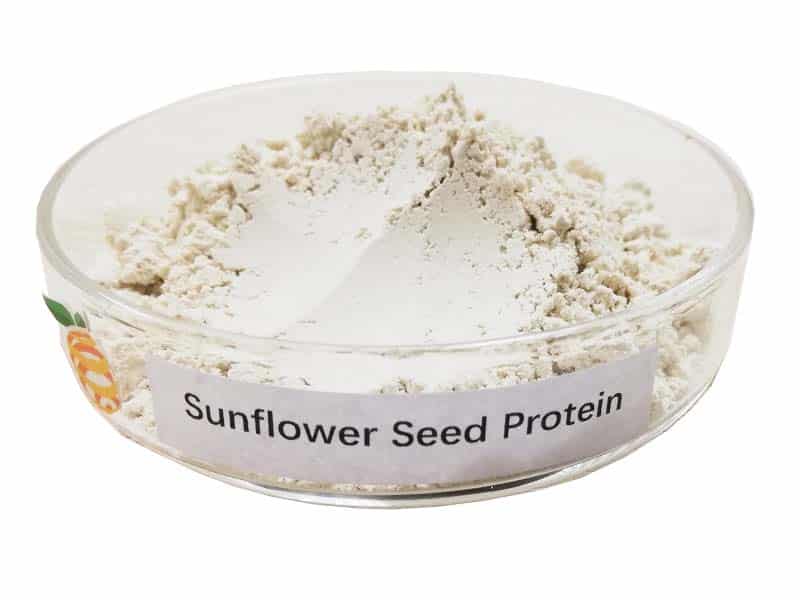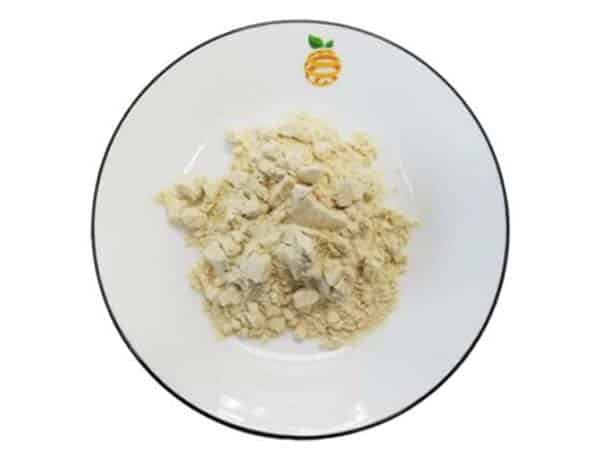DIY Hydrolyzed Rice Protein: Home Recipe
-
Table of Contents
- DIY Hydrolyzed Rice Protein: A Home Recipe Guide
- Understanding Hydrolyzed Rice Protein
- Benefits of Making Your Own Hydrolyzed Rice Protein
- Ingredients and Equipment Needed
- Step-by-Step Guide to Making Hydrolyzed Rice Protein
- Preparing the Rice
- Hydrolysis Process
- Separation and Drying
- Grinding and Storage
- Applications and Uses for Homemade Hydrolyzed Rice Protein
- Challenges and Considerations
- Conclusion: Embracing Homemade Hydrolyzed Rice Protein
- Discover ETprotein’s Premium Protein Products
DIY Hydrolyzed Rice Protein: A Home Recipe Guide
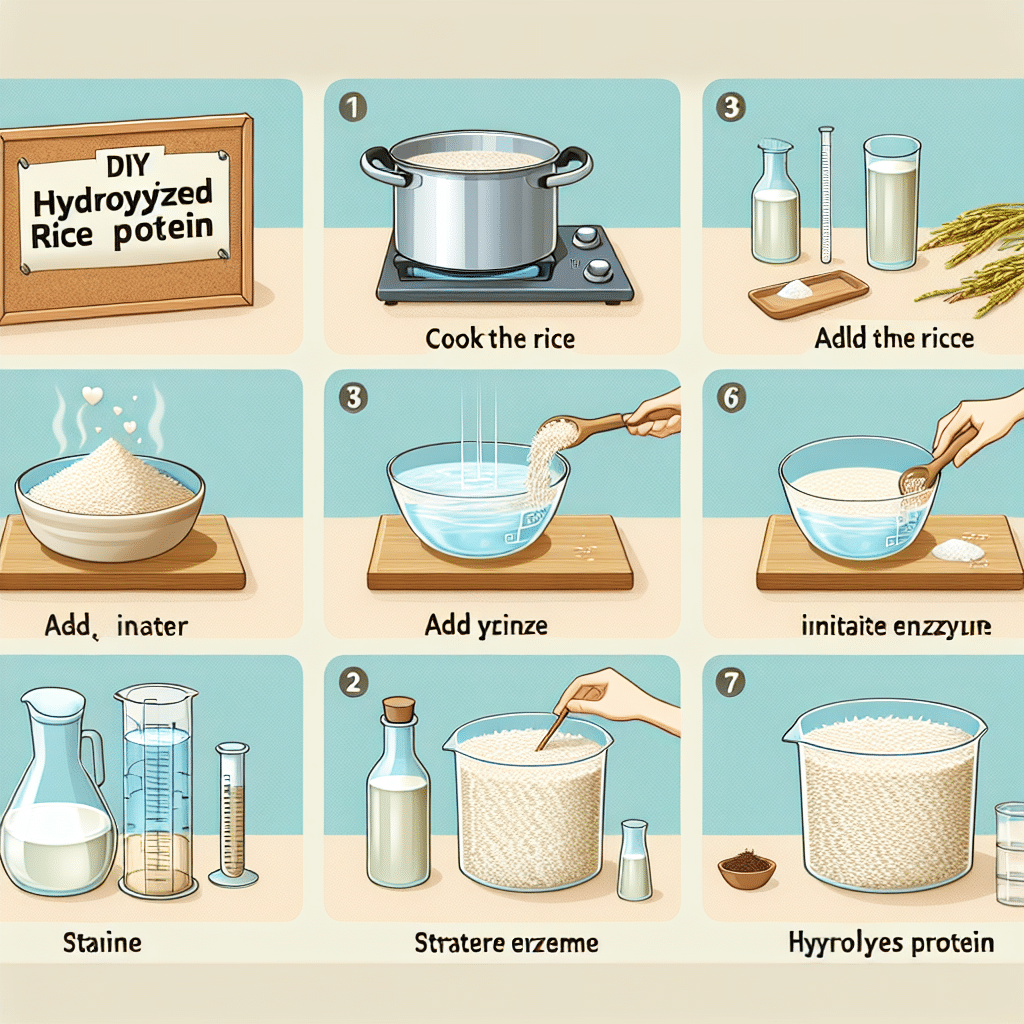
Hydrolyzed rice protein has become a popular ingredient in the health and beauty industry, known for its hypoallergenic properties and ease of digestion. It’s a plant-based protein derived from rice that has been broken down into smaller components, making it more accessible for the body to use. While it’s commonly found in commercial products, creating your own hydrolyzed rice protein at home can be a rewarding and cost-effective endeavor. This comprehensive guide will walk you through the process of making hydrolyzed rice protein in your own kitchen.
Understanding Hydrolyzed Rice Protein
Before diving into the DIY process, it’s important to understand what hydrolyzed rice protein is and why it’s beneficial. Hydrolyzed rice protein is created by enzymatically breaking down the starch and protein in rice. This process results in a protein-rich powder that is highly digestible and often used in protein supplements, hair care, and skincare products.
- It’s a complete protein, containing all nine essential amino acids.
- It’s hypoallergenic, making it suitable for people with allergies to soy, dairy, or wheat.
- It’s vegan-friendly and gluten-free.
- It has a neutral taste, which makes it versatile for various applications.
Benefits of Making Your Own Hydrolyzed Rice Protein
Creating hydrolyzed rice protein at home has several advantages:
- Cost-Effectiveness: Homemade hydrolyzed rice protein can be more affordable than store-bought versions.
- Customization: You can tailor the process to your specific dietary needs and preferences.
- Purity: By making it yourself, you can ensure that there are no unwanted additives or preservatives.
- Sustainability: DIY methods can reduce packaging waste and the carbon footprint associated with commercial production.
Ingredients and Equipment Needed
To make hydrolyzed rice protein at home, you’ll need the following ingredients and equipment:
- White or brown rice
- Water
- Enzymes capable of hydrolyzing rice protein (such as papain or bromelain)
- pH strips or a digital pH meter
- A large pot
- A stove or heating element
- A fine-mesh strainer or cheesecloth
- A dehydrator or oven
- A high-powered blender or food processor
- Storage containers
Step-by-Step Guide to Making Hydrolyzed Rice Protein
Preparing the Rice
Begin by thoroughly washing the rice to remove any impurities. Soak the rice in water for at least 8 hours or overnight to soften the grains and make the protein more accessible.
Hydrolysis Process
After soaking, drain the rice and add it to a large pot with fresh water. Heat the mixture to a temperature that activates the enzymes (usually around 50-70°C). Add the enzymes to the pot and maintain the temperature, stirring occasionally.
Monitor the pH level of the mixture using pH strips or a digital pH meter. The ideal pH for hydrolysis is typically between 6 and 8. Adjust the pH as needed by adding small amounts of acid (such as citric acid) or alkali (such as baking soda).
Allow the mixture to hydrolyze for several hours, checking the degree of hydrolysis periodically. Once the desired level of hydrolysis is reached, deactivate the enzymes by heating the mixture to a temperature that denatures them (usually above 85°C).
Separation and Drying
Strain the hydrolyzed rice mixture through a fine-mesh strainer or cheesecloth to separate the liquid from the solid residue. The liquid contains the hydrolyzed rice protein.
Spread the liquid onto dehydrator trays or a baking sheet if using an oven. Dehydrate at a low temperature until completely dry. This can take several hours to a full day, depending on the method used.
Grinding and Storage
Once dry, break the protein into smaller pieces and grind it into a fine powder using a high-powered blender or food processor. Store the hydrolyzed rice protein powder in an airtight container in a cool, dry place.
Applications and Uses for Homemade Hydrolyzed Rice Protein
Hydrolyzed rice protein can be used in various ways:
- Dietary Supplements: Add it to smoothies, shakes, or meal replacement bars for a protein boost.
- Hair Care: Incorporate it into homemade shampoos or conditioners to strengthen hair and increase volume.
- Skincare: Use it in DIY face masks or lotions for its skin-nourishing properties.
Challenges and Considerations
While making hydrolyzed rice protein at home is possible, there are some challenges to consider:
- The process can be time-consuming and requires careful monitoring.
- Access to specific enzymes and equipment may be limited.
- Homemade hydrolyzed rice protein may not have the same consistency or concentration as commercial products.
Conclusion: Embracing Homemade Hydrolyzed Rice Protein
Making hydrolyzed rice protein at home is a rewarding project for those interested in DIY health and beauty products. It allows for customization, cost savings, and the satisfaction of creating something beneficial from scratch. By following the steps outlined in this guide, you can produce your own hydrolyzed rice protein and explore its various applications.
Discover ETprotein’s Premium Protein Products
If you’re interested in high-quality protein products but may not have the time or resources to make them at home, consider ETprotein’s offerings. ETprotein is a reputable protein Chinese factory manufacturer and supplier, known for their organic bulk vegan protein and plant proteins. Their products, including organic rice protein, clear rice protein, pea protein, and more, are characterized by a neutral taste and non-GMO, allergen-free attributes. They cater to a diverse range of industries and are trusted by leading global brands. For more information or to sample their products, please contact them at sales(at)ETprotein.com today.
About ETprotein:
ETprotein, a reputable protein Chinese factory manufacturer and supplier, is renowned for producing, stocking, exporting, and delivering the highest quality organic bulk vegan protein and plant proteins. They include Organic rice protein, clear rice protein, pea protein, clear pea protein, pumpkin seed protein, sunflower seed protein, mung bean protein, etc. Their offerings, characterized by a neutral taste, non-GMO, allergen-free attributes, cater to a diverse range of industries. They serve nutraceutical, pharmaceutical, cosmeceutical, veterinary, as well as food and beverage finished product distributors, traders, and manufacturers across Europe, USA, Canada, Australia, Thailand, Japan, Korea, Brazil, and Chile, among others.
ETprotein specialization includes exporting and delivering tailor-made protein powder and finished nutritional supplements. Their extensive product range covers sectors like Food and Beverage, Sports Nutrition, Weight Management, Dietary Supplements, Health and Wellness Products, and Infant Formula, ensuring comprehensive solutions to meet all your protein needs.
As a trusted company by leading global food and beverage brands and Fortune 500 companies, ETprotein reinforces China’s reputation in the global arena. For more information or to sample their products, please contact them and email sales(at)ETprotein.com today.

